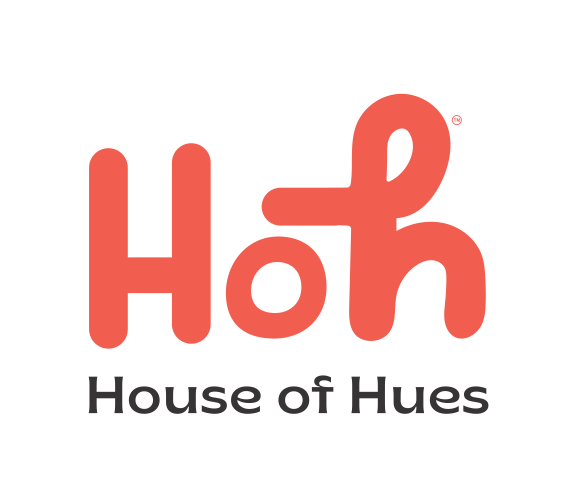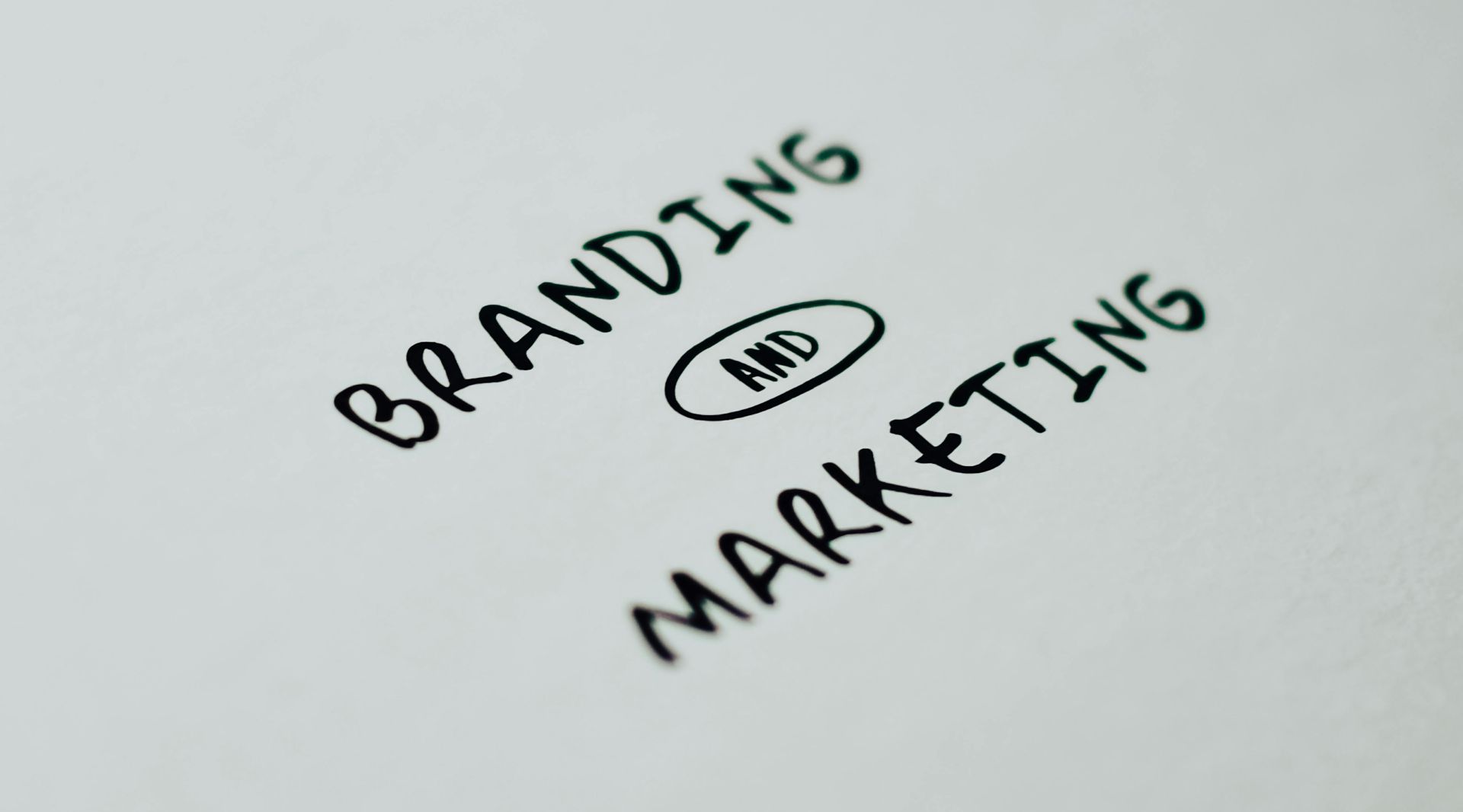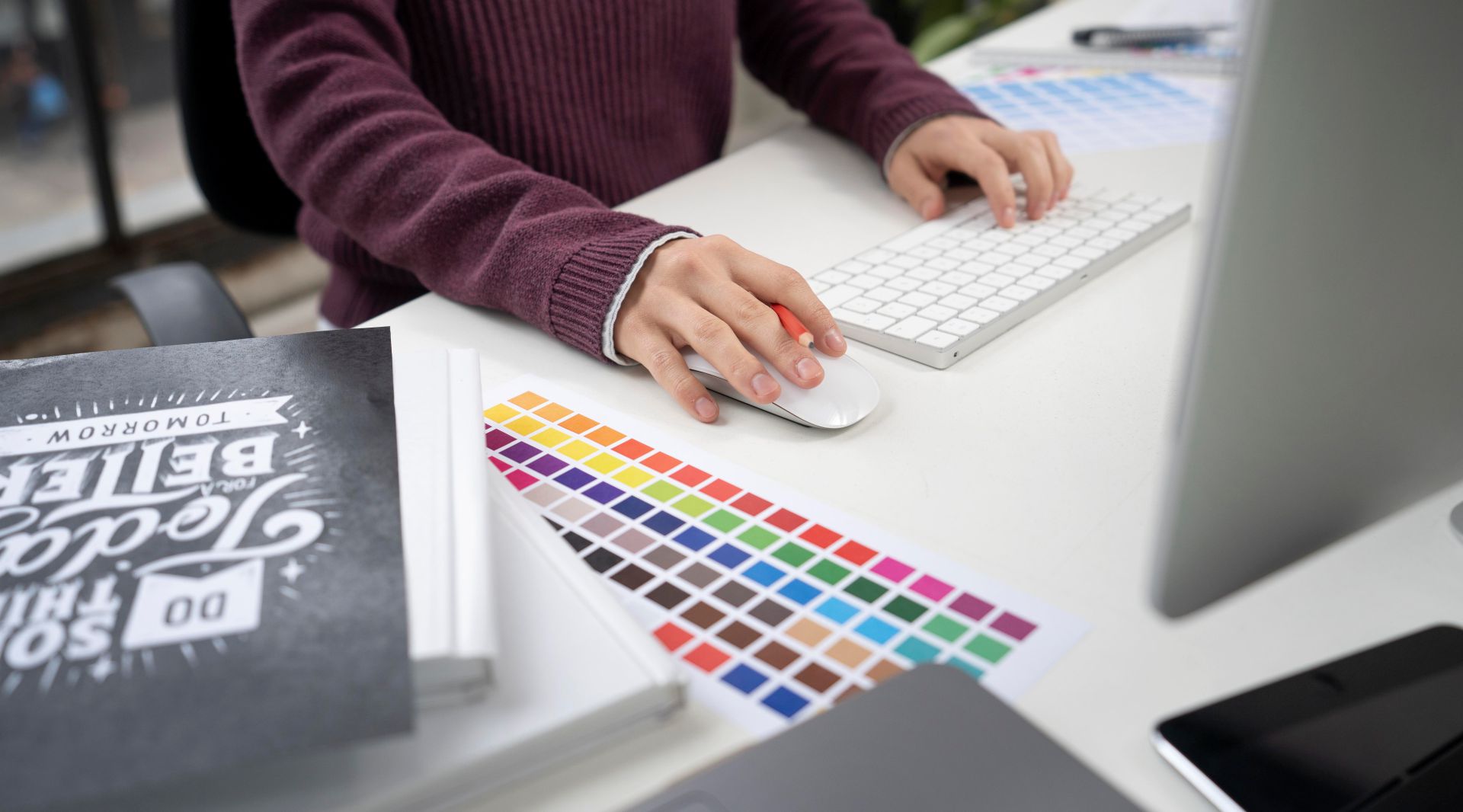Brand Identity is more than just a logo
Let’s kick things off with a quick reality check: if you think a logo is the beginning and end of your brand identity, we need to have a chat… like, right now. Picture this: you’re on a blind date, and your date shows up looking dashing in a tailored suit. But then… they start talking, and their personality is as bland as unsalted oatmeal. That’s what a logo without a brand identity feels like. Fancy on the outside, but zero depth. Let’s dig deeper and discover why your brand’s identity is way more than just a pretty symbol.
What Even is Brand Identity? (Spoiler Alert: It’s Not Just the Logo)
Think of brand identity as your business’s entire vibe — its personality, tone of voice, wardrobe, quirks, and yes, its look. It’s how you communicate who you are, what you stand for, and why people should care about you. It’s the feel your brand gives off when someone interacts with it.
A logo? That’s like the stylish pair of sneakers in your wardrobe. Cool? Yes. The whole outfit? Nope.
Let’s Break It Down:
Your Brand Identity is Your Personality
Imagine you’re at a party. Your brand is mingling with the crowd (aka potential customers). Does it:
- Hide in the corner sipping water?
- Walk in confidently, crack a joke, and start handing out pani puris?
Your brand identity determines how you show up and leave an impression. A strong identity builds connections, trust, and a little bit of FOMO for anyone not working with you.
Why a Logo-Only Brand Won’t Cut It
Let’s play a game. What comes to mind when you think of Fevicol?
- The iconic logo of two elephants pulling in opposite directions? Sure.
- Their hilarious ads that make you chuckle every single time? Absolutely.
- The message that it’s the strongest adhesive in town? Definitely.
Fevicol’s brand identity isn’t just the logo. It’s the clever storytelling, the humor, and the relatability that make it unforgettable. Without it, a logo is just… a doodle.
Examples of Stellar Brand Identities
How to Build a Killer Brand Identity
1. Recognize yourself
Let’s start with the fundamentals:
- What ideals do you uphold for your brand?
- Who are you trying to reach? (Hint: Trying to say “everyone” is like trying to get spaghetti to attach to a wall.)
- What distinguishes you from your rivals?
2. Intentional Design
Your typography, colors, and logo should all convey a message. For example, big fonts and neon pink might work if your brand is lively and young. Elegant serifs combined with black and gold may work wonders for a luxury business.
3. Develop a Brand Voice
Consistency is key. Whether you’re posting on Instagram or sending an email, your tone should feel like it’s coming from the same personality.
4. Stay Consistent Across Platforms
Your website, social media, ads, and even your business cards should feel cohesive. (Nobody likes mixed signals.)
4. Tell Narratives
Stories resonate with people more than sales pitches do. Talk about your experience, your successes, and even your setbacks. Authenticity wins people over.
The Big Takeaway
A logo is important, but it’s just the tip of the iceberg. Your brand identity builds relationships, earns loyalty, and turns customers into raving fans. It’s the way you speak, the colors you wear, and the stories you tell.
At House of Hues, we believe every brand deserves an identity that’s as bold, quirky, and extraordinary as they are. So, the next time someone says, “I love your logo,” you can confidently reply, “Thanks! But wait until you meet the rest of me.”
Now, go out there and build an identity that’ll make even the logos jealous. Cheers to being more than just a pretty face!





